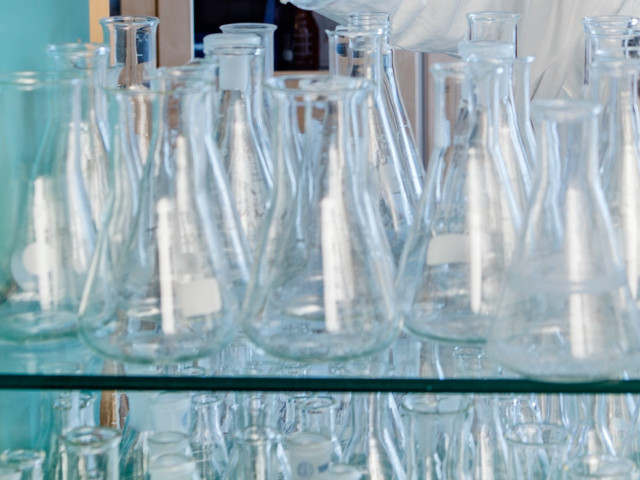- Elementary quantum mechanics
- Electronic structure of atoms, atomic orbitals, the basis for the periodic system
- Chemical bonding, molecular orbitals, hybridization, singlet and triplet states, applications of chemical bonding in organic, inorganic, and biological molecules
- Background to modern quantum chemical methods
- Intermolecular interactions, gases-liquids-liquid crystals-solids, supermolecular structures, e.g. biomembranes
- Spectroscopical methods such as IR, Raman, UV/VIS, NMR, MS, ESCA
- Diffraction methods
- Structural chemistry with student project (1p)
Most of the experimental methods and the computational quantum chemistry are exemplified by laboratory and/or computer exercises.
